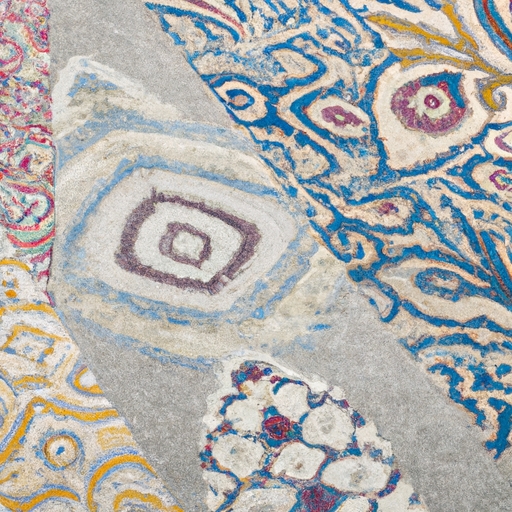
Navajo rug weaving artisans
Factors to consider when selecting a carpet or rug, such as size, material, and color
The history and tradition of Navajo rug weaving is a rich and deeply rooted practice that has been passed down through generations of artisans. The art of Navajo rug weaving dates back to the early 18th century, when the Navajo people began incorporating Spanish techniques into their traditional weaving practices.
Navajo rugs are known for their intricate designs, vibrant colors, and high quality craftsmanship. Each rug is a unique work of art, reflecting the weaver's individual style and creativity. Many Navajo weavers draw inspiration from nature, using symbols such as mountains, animals, and plants in their designs.
The process of Navajo rug weaving is labor intensive and requires great skill and patience. Weavers start by carefully selecting and preparing the wool, which is often dyed using natural plant dyes. They then use a vertical loom to create the intricate patterns that make up the design of the rug.
Navajo rugs hold great cultural significance for the Navajo people, serving as both practical items for everyday use and sacred objects used in ceremonies and rituals. In addition to their beauty, these rugs also carry stories and traditions passed down through generations.
Today, Navajo rug weaving continues to thrive as a respected art form practiced by skilled artisans who honor the traditions of their ancestors while also incorporating new techniques and styles. The history and tradition of Navajo rug weaving serves as a testament to the resilience and creativity of the Navajo people, preserving an important aspect of their cultural heritage for future generations to enjoy.